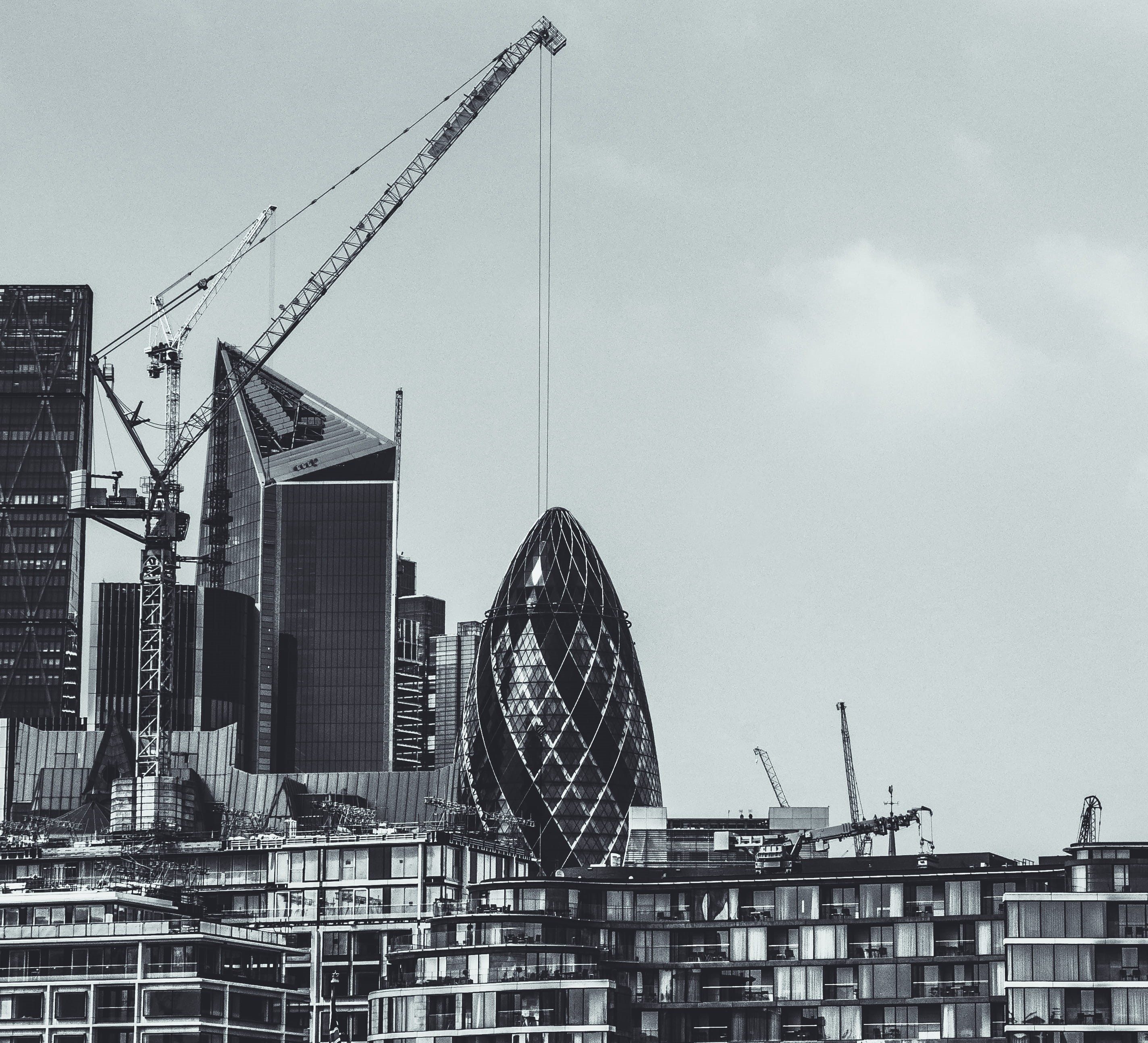Amber warnings raise building overheating concern
Following the Met Office amber extreme heat warning in the summer of 2021, a polymer specialist has warned current sustainable design must mitigate overheating in buildings as heat waves become more prevalent.
Recent research of 520 M&E contractors and designers, 130 of which worked specifically on apartment buildings, in REHAU's report, Designing Healthy Apartments, also raised similar concern. The majority of these respondents felt that sustainability would be the most important design issue over the next 10 years in multi-residential buildings, closely followed by temperature control.
These conditions pose a health hazard for the building occupants living in such temperatures which reached over 30°C in Wales and Southern and Central England during July 2021, resulting in the amber warning for affected areas. As such, Steve Richmond, Head of Marketing and Technical at REHAU Building Solutions, draws attention to the importance of including efficient cooling methods as part of 'healthy designs', in order to future proof buildings.
Steve says, "As pressure increases to make buildings more energy efficient through improved insulation, very few measures are being put in place to offset excessive indoor temperatures during the warmer weather. As we continue to see fluctuations between colder winters and hotter summers, consultants and contractors should consider measures in designing buildings to be able to cope with these contrasting conditions while retaining sustainability credentials.
"Additionally, government targets of reaching net zero emissions by 2050 means cooling methods will need to be efficient and low energy. 'Healthy design' therefore not only needs to be beneficial to the people living inside but environmentally friendly too. Consequently, our guide to healthy apartment design outlines possible solutions that are more efficient than traditional mechanical cooling methods and can help contractors and specifiers meet this sustainability challenge."
Thermally Activated Building Structures (TABS), for instance, regulate the temperature of the building by running hot or cold water through the pipes within the concrete slabs, continually removing heat during hotter months. As such, these avoid the need for mechanical energy intensive cooling systems and regulate heating and cooling efficiently across the year.
As identified by groups such as the Climate Change Committee (CCC), large numbers of heat pumps are needed to reach net zero. On top of delivering efficient, low-carbon space heating and hot water, heat pumps can also provide cooling via underfloor heating pipework. To support heat pumps, underfloor heating and cooling and other means of cooling (such as fan coils and chilled ceilings), specifiers and contractors should consider incorporating smart controls into their projects.
Steve continues, "Energy efficiency will remain a key priority, and end users come to expect solutions to deliver this. Employing technologies such as smart controls to regulate low-carbon temperature systems will help to ensure sustainability and occupant wellbeing requirements are met. Solutions such as REHAU's NEA Smart 2.0 use intelligent algorithms and sensors to regulate temperature and reduce energy consumption while further improving occupant wellbeing by monitoring humidity to improve air quality.
"Hot weather is going to become and increasingly common occurrence across summers each year, so it is more important than ever that our buildings are equipped to avoid overheating and subsequent issues for occupants. With this guide, we aim to provide solutions that will help to alleviate such issues in order to future proof infrastructure by balancing between sustainable solutions with those that promote wellbeing."
This article originally appeared on the CIAT website. It was published on 27 July 2021.
--CIAT
[edit] Related articles on Designing Buildings Wiki
Featured articles and news
RTPI leader to become new CIOB Chief Executive Officer
Dr Victoria Hills MRTPI, FICE to take over after Caroline Gumble’s departure.
Social and affordable housing, a long term plan for delivery
The “Delivering a Decade of Renewal for Social and Affordable Housing” strategy sets out future path.
A change to adoptive architecture
Effects of global weather warming on architectural detailing, material choice and human interaction.
The proposed publicly owned and backed subsidiary of Homes England, to facilitate new homes.
How big is the problem and what can we do to mitigate the effects?
Overheating guidance and tools for building designers
A number of cool guides to help with the heat.
The UK's Modern Industrial Strategy: A 10 year plan
Previous consultation criticism, current key elements and general support with some persisting reservations.
Building Safety Regulator reforms
New roles, new staff and a new fast track service pave the way for a single construction regulator.
Architectural Technologist CPDs and Communications
CIAT CPD… and how you can do it!
Cooling centres and cool spaces
Managing extreme heat in cities by directing the public to places for heat stress relief and water sources.
Winter gardens: A brief history and warm variations
Extending the season with glass in different forms and terms.
Restoring Great Yarmouth's Winter Gardens
Transforming one of the least sustainable constructions imaginable.
Construction Skills Mission Board launch sector drive
Newly formed government and industry collaboration set strategy for recruiting an additional 100,000 construction workers a year.
New Architects Code comes into effect in September 2025
ARB Architects Code of Conduct and Practice available with ongoing consultation regarding guidance.
Welsh Skills Body (Medr) launches ambitious plan
The new skills body brings together funding and regulation of tertiary education and research for the devolved nation.
Paul Gandy FCIOB announced as next CIOB President
Former Tilbury Douglas CEO takes helm.
UK Infrastructure: A 10 Year Strategy. In brief with reactions
With the National Infrastructure and Service Transformation Authority (NISTA).
























